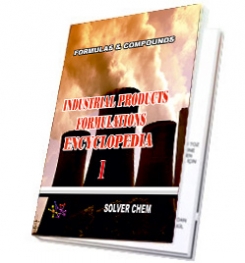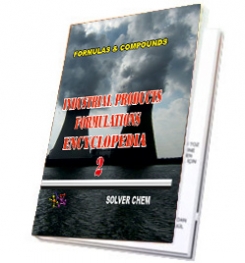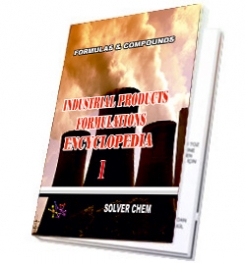Introduction to carbon and carbon compounds:
Carbon is an element of prehistoric discovery and is very widely distributed in nature. The name is from Latin word “carbo” which means charcoal. The atomic number of carbon is 6 and the symbol is C. It can be seen in different forms such as graphite, Diamond etc. It is nonmetallic and tetravalent which makes four electrons available to form covalent chemical bonds.
Carbon is unique among the elements and it can form a vast number and variety of compounds. It forms a very large number of compounds with hydrogen, oxygen, nitrogen and other elements since carbon atom is often linked to another carbon atom. There are about ten million known carbon compounds and many thousands of which are vital to organic and life processes. Without carbon, the basis for life would be impossible.
Chemical Properties of Carbon Compounds:
Most of the fuels we use are either carbon or its compounds. Coal and petroleum are the fossils fuels. Carbon compounds undergo the different types of chemical reactions such as combustion, oxidation, addition and substitution reactions.
Combustion:
Carbon burns in oxygen to give carbon dioxide along with the release of heat and light. Most carbon compounds release a large amount of heat and light on burning.
(i) C + O2 →CO2 + heat and light
(ii) CH4 +2 O2 →CO2 +2 H2O + heat and light
(iii) CH3CH2OH + O2 →CO2 + H2O + heat and light
Saturated hydrocarbons (alkanes) will generally give a clean flame and unsaturated carbon compounds (alkenes) will give a yellow flame with lots of black smoke. This results in a sooty deposit on the metal plate.
Chemical Properties of Carbon Compounds: Oxidation
Carbon compounds can be easily oxidized on combustion. In addition to this complete oxidation, there are reactions in which alcohols are converted to carboxylic acids in presence of oxidizing agents like alkaline potassium permanganate or acidified potassium dichromate.
For example, ethyl alcohol on oxidation gives acetic acid.
CH3CH2OH ----------> CH3COOH (in presence of alkaline KMnO4 or acidified K2Cr2O7 and heat)
Chemical Properties of Carbon Compounds: Substitution Reaction
Saturated hydrocarbons (alkanes) are fairly nonreactive and are inert in the presence of most reagents. However, the addition of chlorine to hydrocarbons is a very fast reaction, in the presence of sunlight. Chlorine can replace the hydrogen atoms one by one. Substitution reaction is the reaction in which one type of atom or a group of atoms takes the place of another.
CH4 + Cl2 →CH3Cl + HCl (in the presence of sunlight)
Chemical Properties of Carbon Compounds: Hydrogenation of Unsaturated Hydrocarbons
Unsaturated hydrocarbons (alkenes) add hydrogen to give saturated hydrocarbons in the presence of catalysts such as palladium or nickel. Catalysts are chemical substances that change the rate of reaction without affecting the reaction. Addition reaction is commonly used in the hydrogenation of vegetable oils using a nickel catalyst. In general, Vegetable oils have long unsaturated carbon chains while animal fats have saturated carbon chains.
RELATED BAGS : what is carbon,how to use carbon,carbon msds,what is msds of carbon,where to use carbon,what is property of carbon,chemical formula of carbon,reaction of carbon.
SOLVER CHEM

|
|

|
|

|
|



